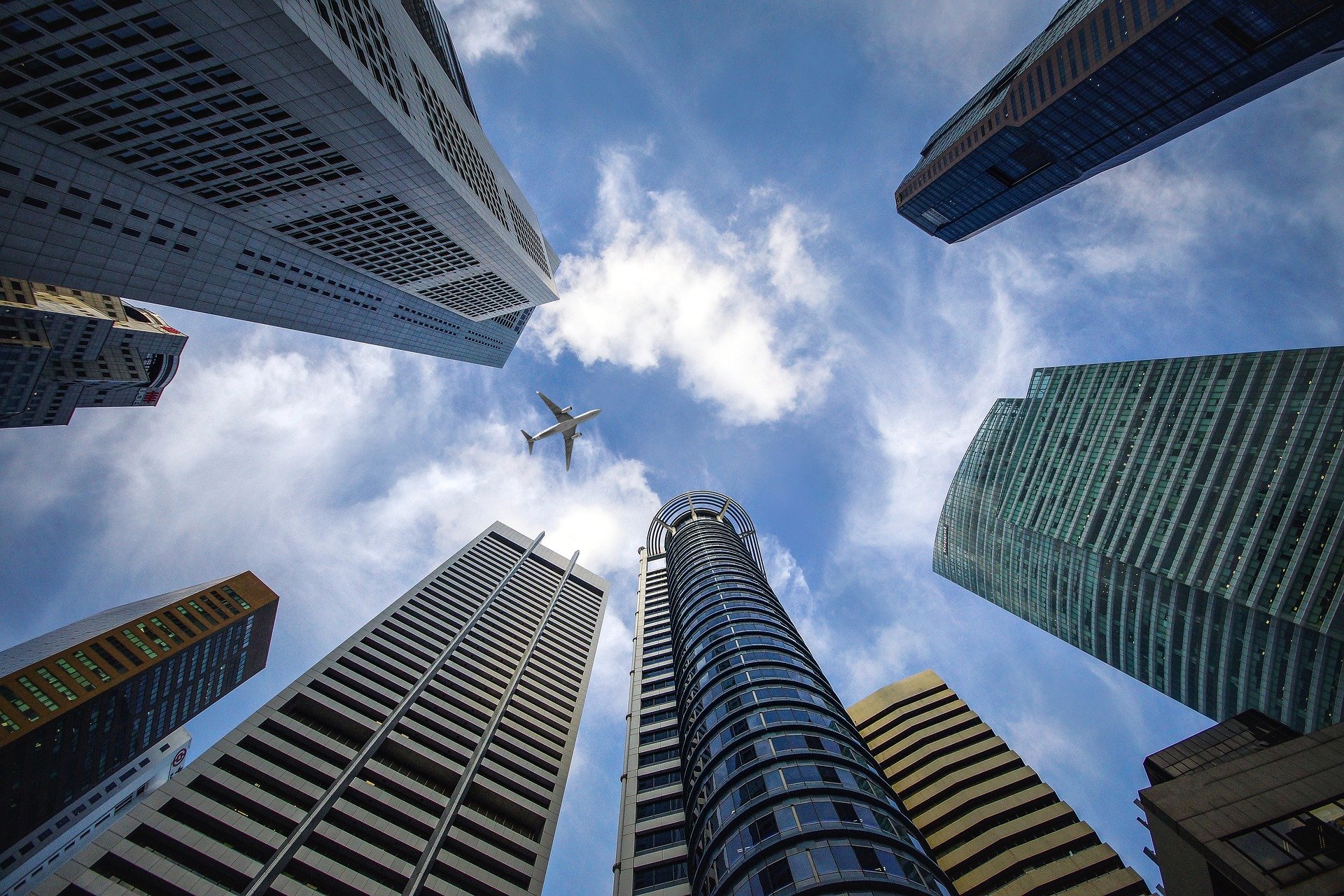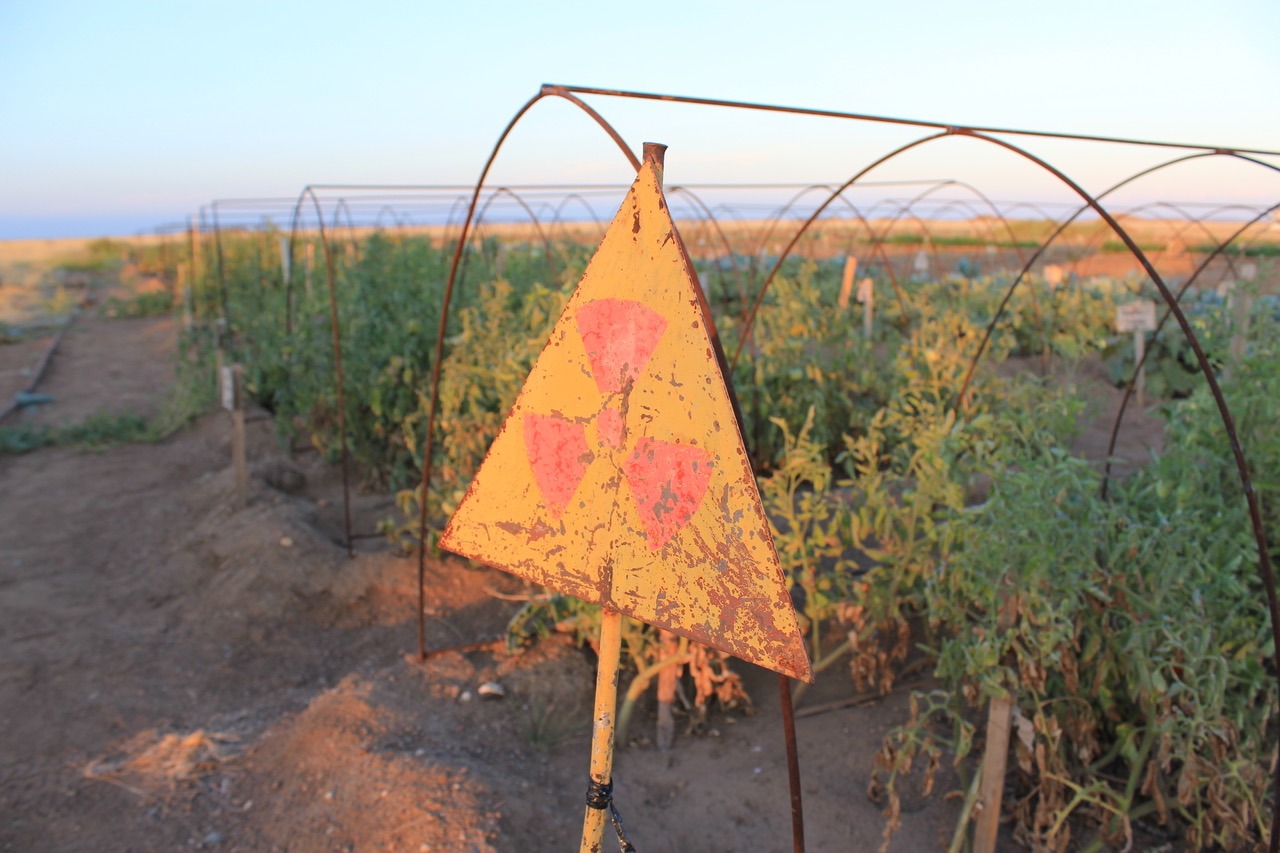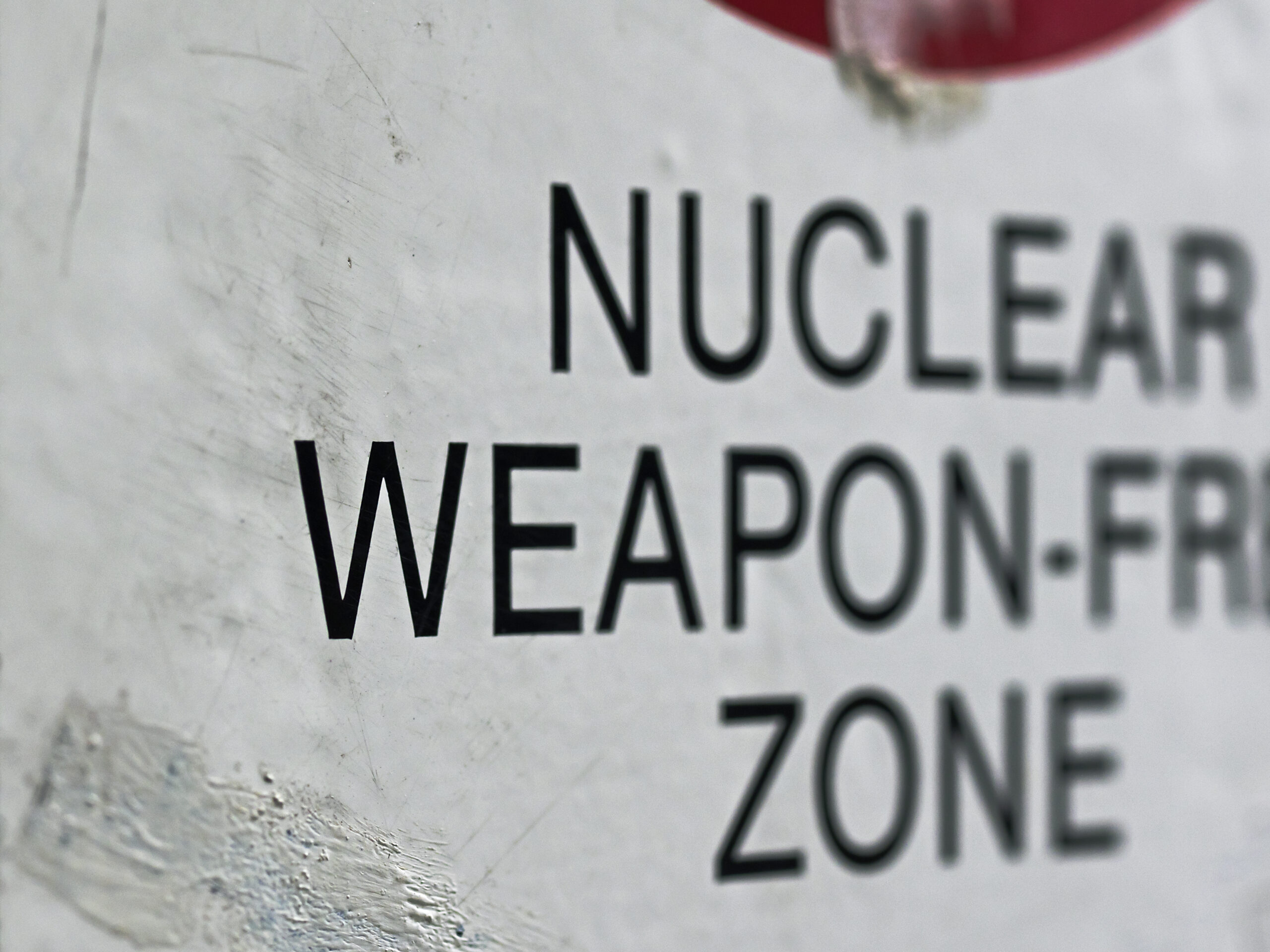The Ban Treaty: Perspectives from Southeast Asia
APLN Policy Brief 71
The following is a summary. Click on the adjacent link to download the full brief.
The Treaty for the Prohibition of Nuclear Weapons (TPNW) was adopted by the UN Conference at the United Nations General Assembly (UNGA) on 7 July 2017. After months of negotiations from its adoption by the UNGA, the Treaty was endorsed by 122 countries, with one vote against and one abstention. And while it was expected that the nine nuclear weapons states (NWS) and their allies were dead set in rejecting the Treaty, it was nonetheless hailed as a historic step towards a nuclear-free world.
Since its adoption, the TPNW – also referred to as the Ban Treaty – has been the subject of intense debate among the policy and academic communities, and several civil society groups that have been advocating for the total elimination of nuclear weapons. The treaty is seen as an extraordinary achievement in establishing a new international norm, and one that Ramesh Thakur argues– “stigmatizes nuclear weapons and induces move toward disarmament.”
About the Author
Mely Caballero-Anthony is a Professor of International Relations at Nanyang Technological University in Singapore. She is also the Secretary-General of the Consortium on Non-Traditional Security Studies in Asia. Her research interest includes regionalism and multilateralism in Asia-Pacific, human security and non-traditional security, conflict prevention, and global governance.
Image: Pixabay stock, Jason Goh.




